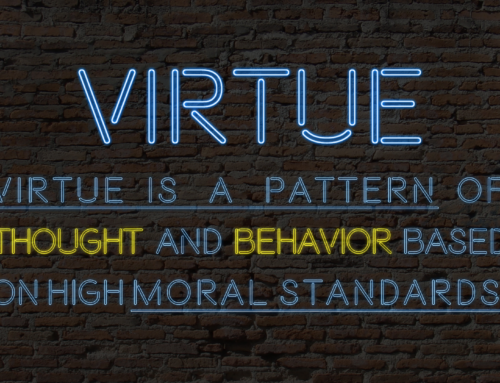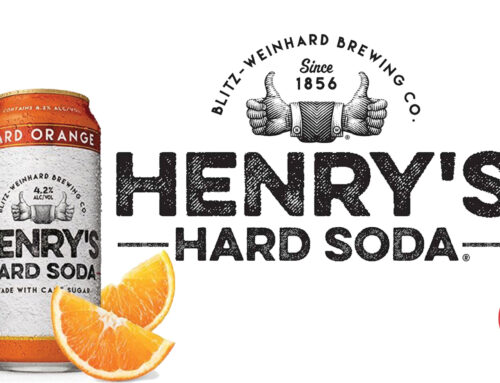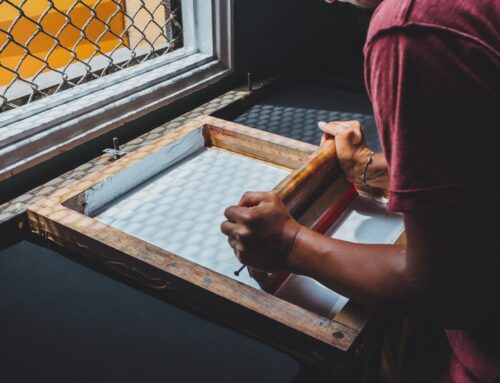LinkedIn and Twitter both offer platforms that can help businesses network and accumulate interested members. Twitter and LinkedIn work in different ways in order to accomplish a similar goal. LinkedIn works by raising awareness and wants to capture the attention of marketers. Twitter on the other hand works to empower entrepreneurs to grow their market reach and gives them the tools necessary to do so. In the case of Rukes, Drew Ressler, the DJ photographer, was able to gain over 1,000 followers on Twitter.
Twitter, with its large variety of users and accounts, is a social media platform that businesses and individuals can use to gain interest. The best way to address a Twitter campaign is to first have a campaign objective. Rukes “wanted to find more people who would be interested in his business and photographs[1].” Because Ressler is the sole employee and owner of the business, he had a limited amount of funds to spend on advertising. He identified his target audience as those interested in electronic dance music all over the world. In order to target this audience Ressler took to using promoted accounts on Twitter to gain their followers.
He took to following a few new promoted accounts a day and gained follow backs by posting relevant content on his feed. He made sure that he retweeted engaging content for his current audience and posted his own content to show his current projects. He also reached out to other influencers by tagging those he took photographs of in Tweets. This gets their followers to look at the tweet and in some cases leads them to follow Rukes in the process.
In this case Twitter worked as a powerful tool for Rukes. It gave them a large amount of followers in a short amount of time and all on a low budget for Ressler. While Twitter works on followers, LinkedIn works on creating connections.
Adobe was able to successfully use LinkedIn to create brand awareness and gain attention from marketers that many others were unable to reach. While LinkedIn allows users to search for businesses, Adobe utilized their sponsored content feature to get more people to view their posts. Sponsored content is something that a lot of larger companies use for advertisements. Adobe, like Rukes, set out to obtain an objective, “to further establish itself as a leader in digital marketing and raise awareness for its digital marketing solutions.[2]”
This type of marketing technique is less involved when compared to Rukes Twitter marketing technique. However, it still seeks to accomplish the same goal of getting more people interested in each of the companies. LinkedIn offers more resources for businesses when it comes to gaining more interest, while Twitter is universal and can be used for individuals and businesses in similar manners. In the case of Rukes and Adobe both are considered to be successful campaigns, and Twitter and LinkedIn worked respectively for both companies.
[1] https://business.twitter.com/en/success-stories/rukes.html
[2]LinkedIn. (2014). Adobe Case Study. Retrieved from: https://business.linkedin.com/marketing-solutions/marketing-case-studies#all






